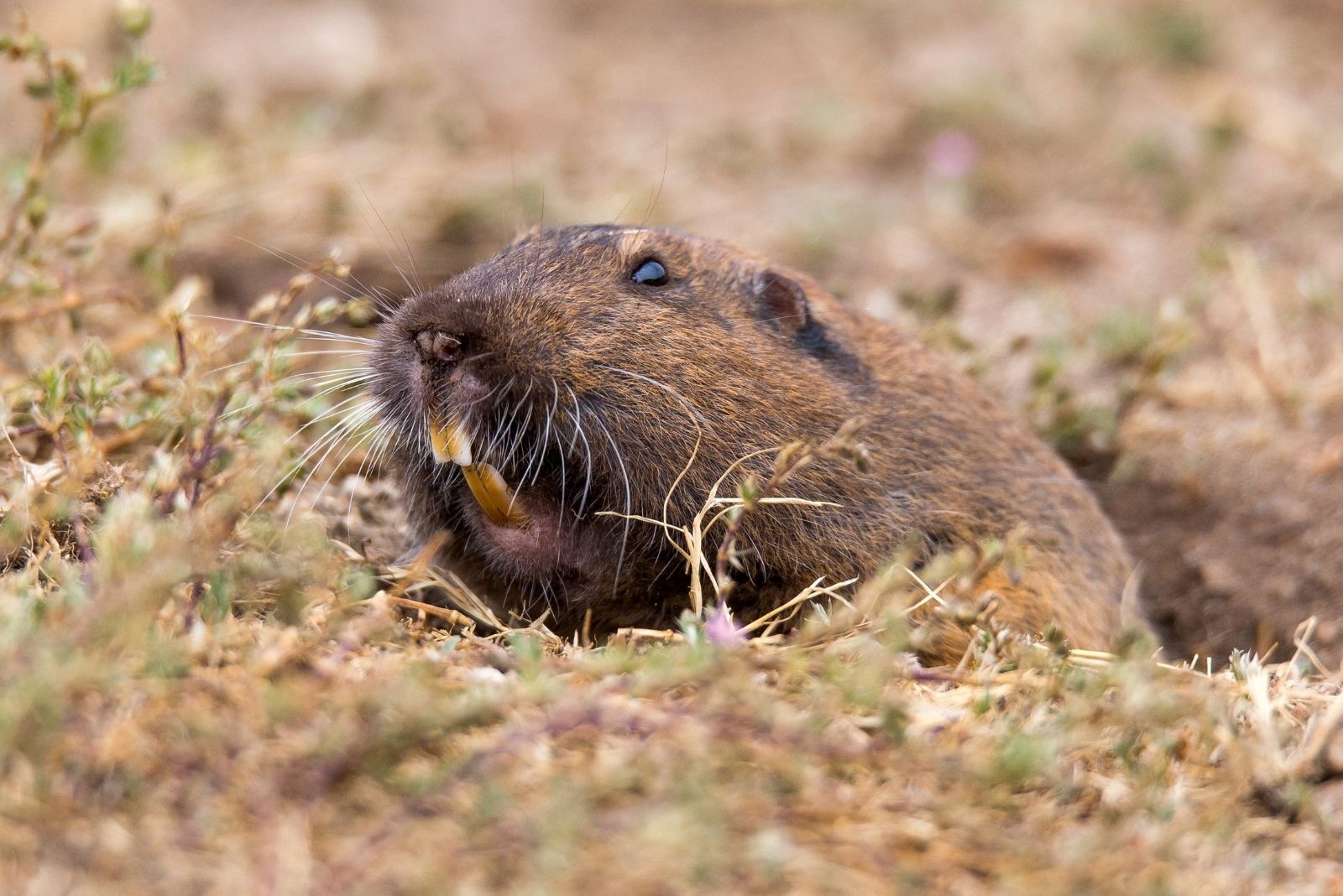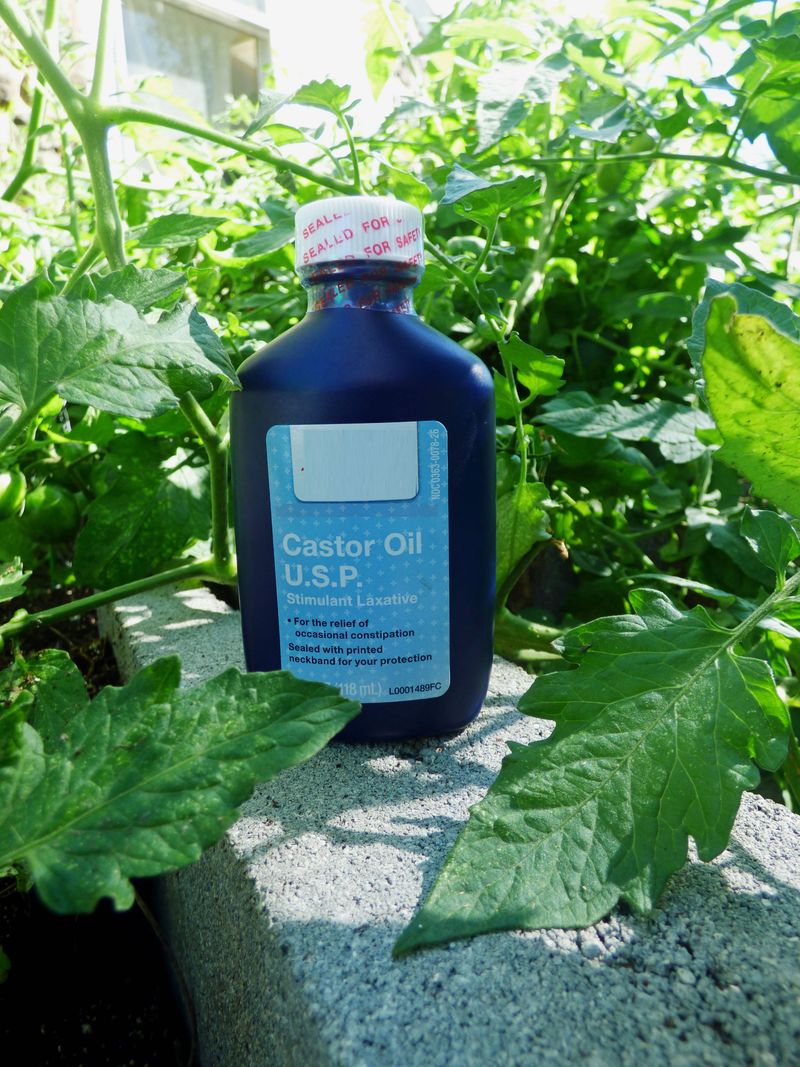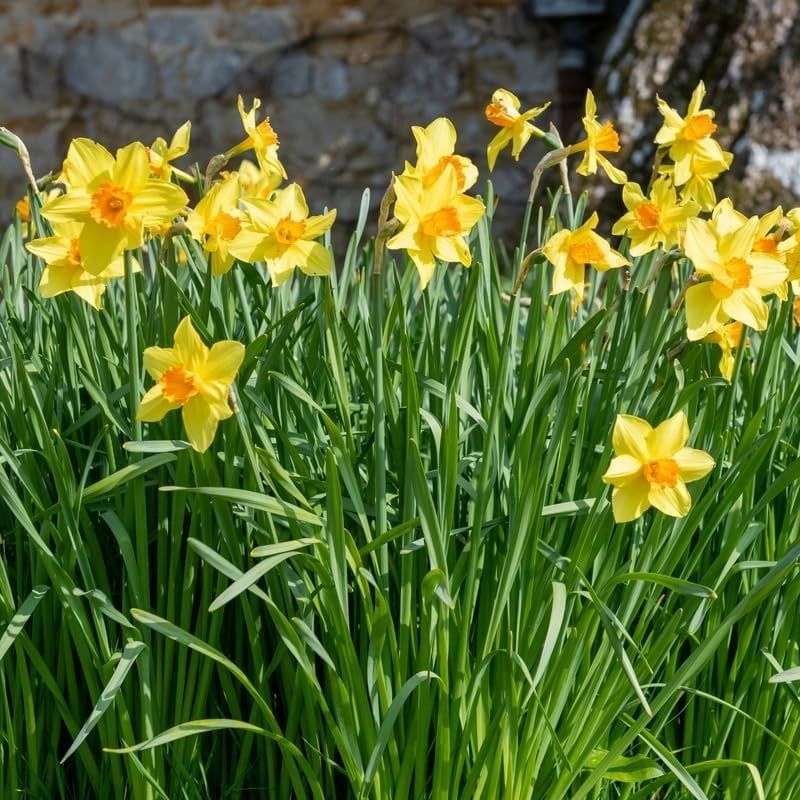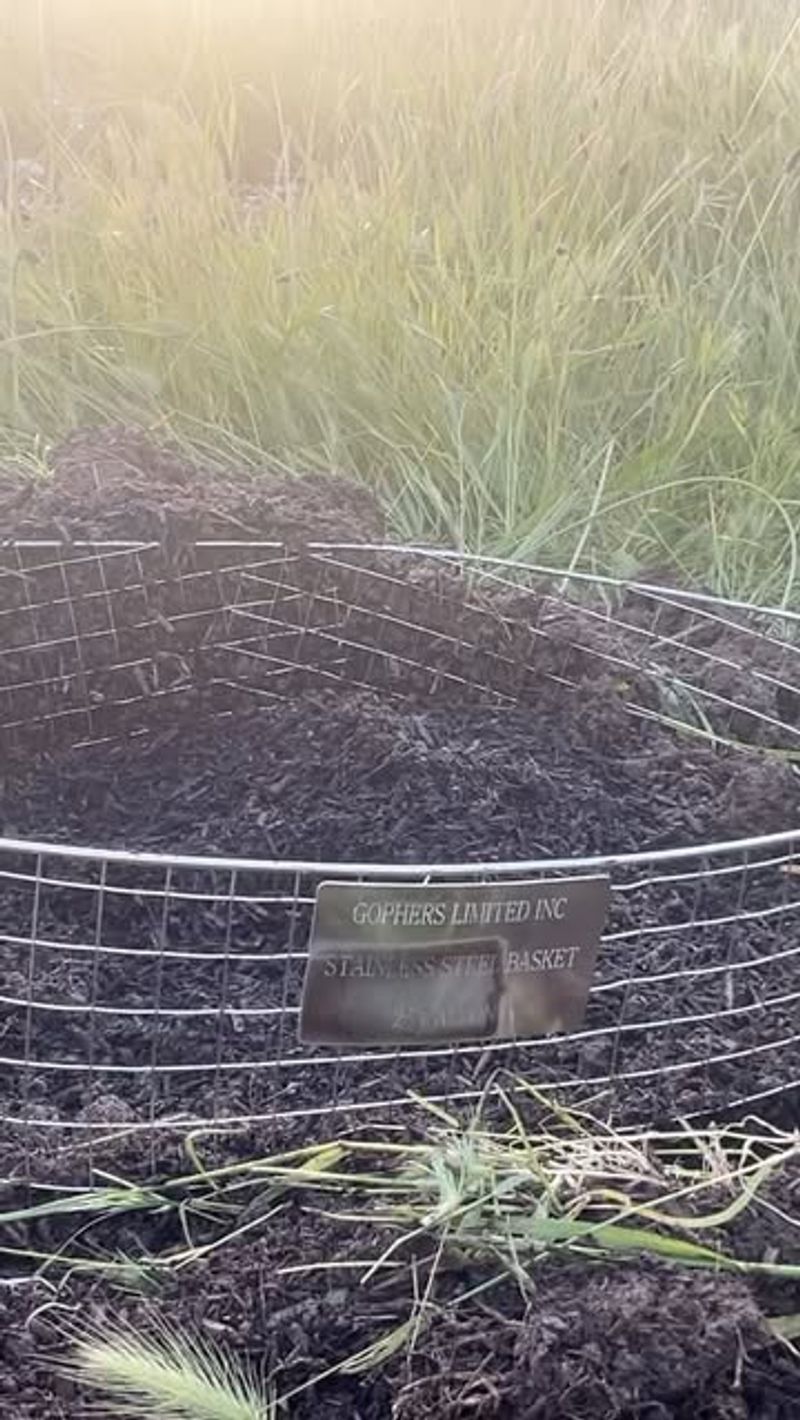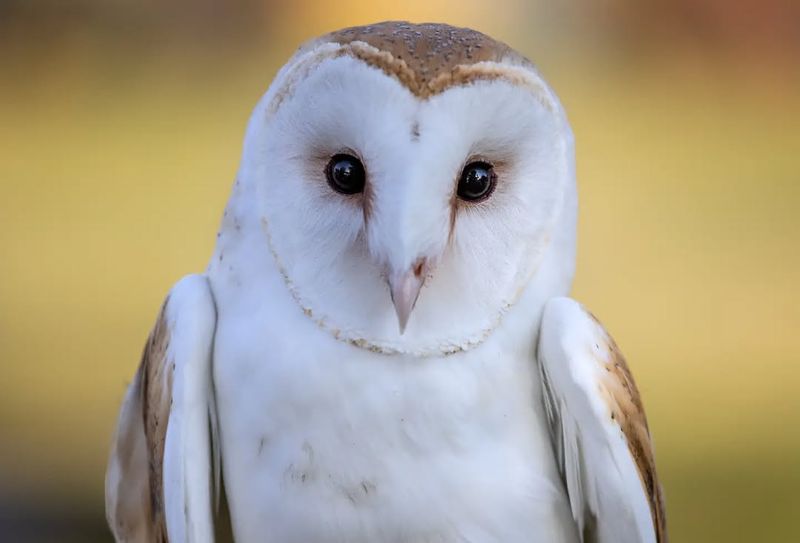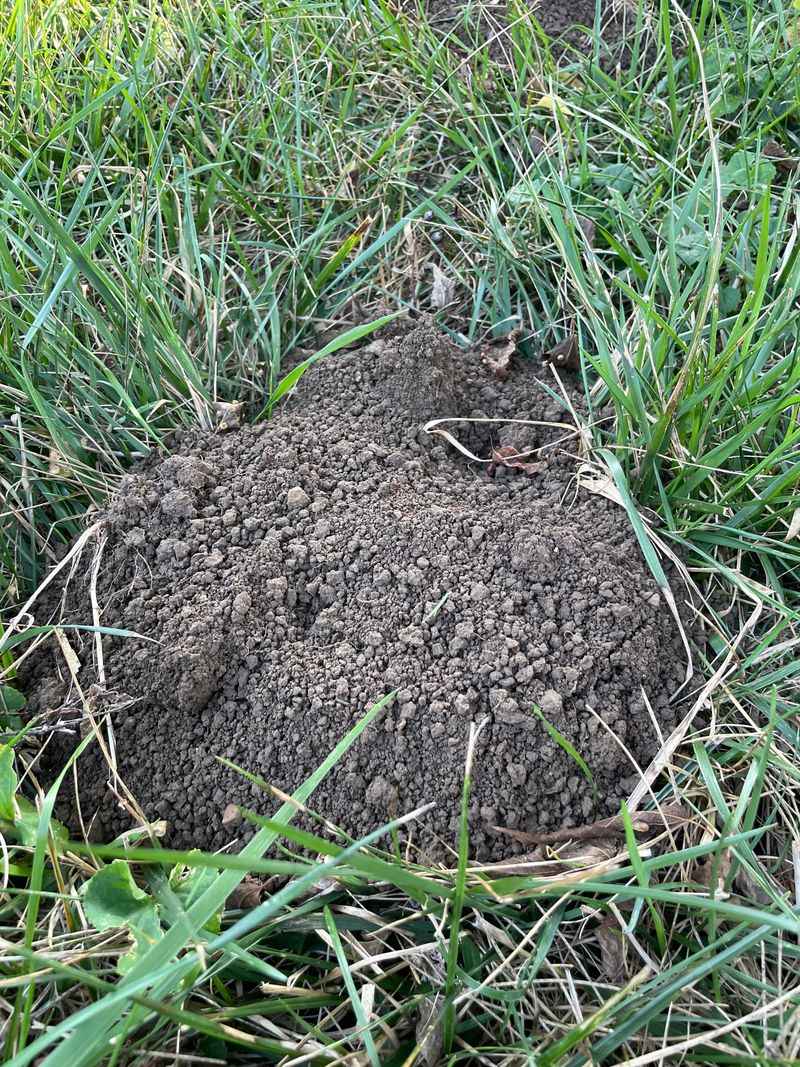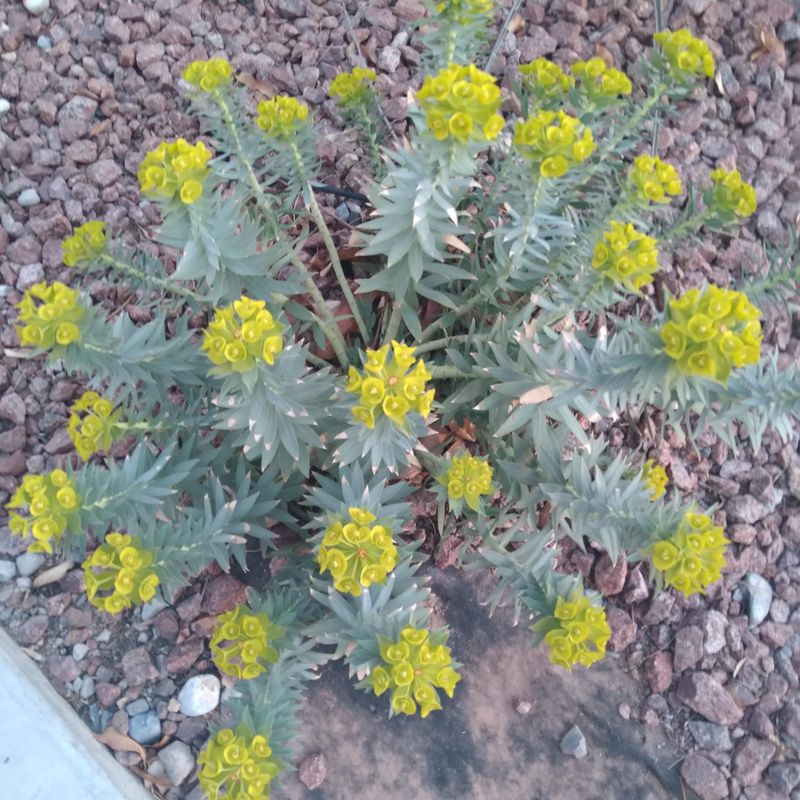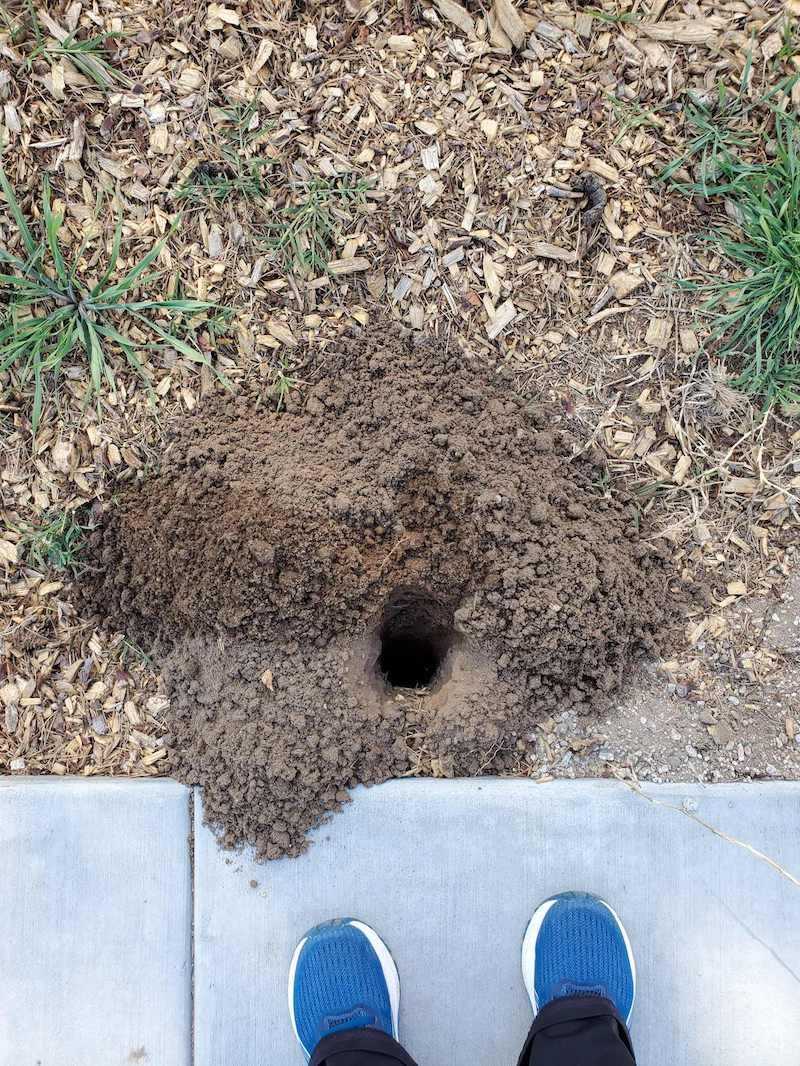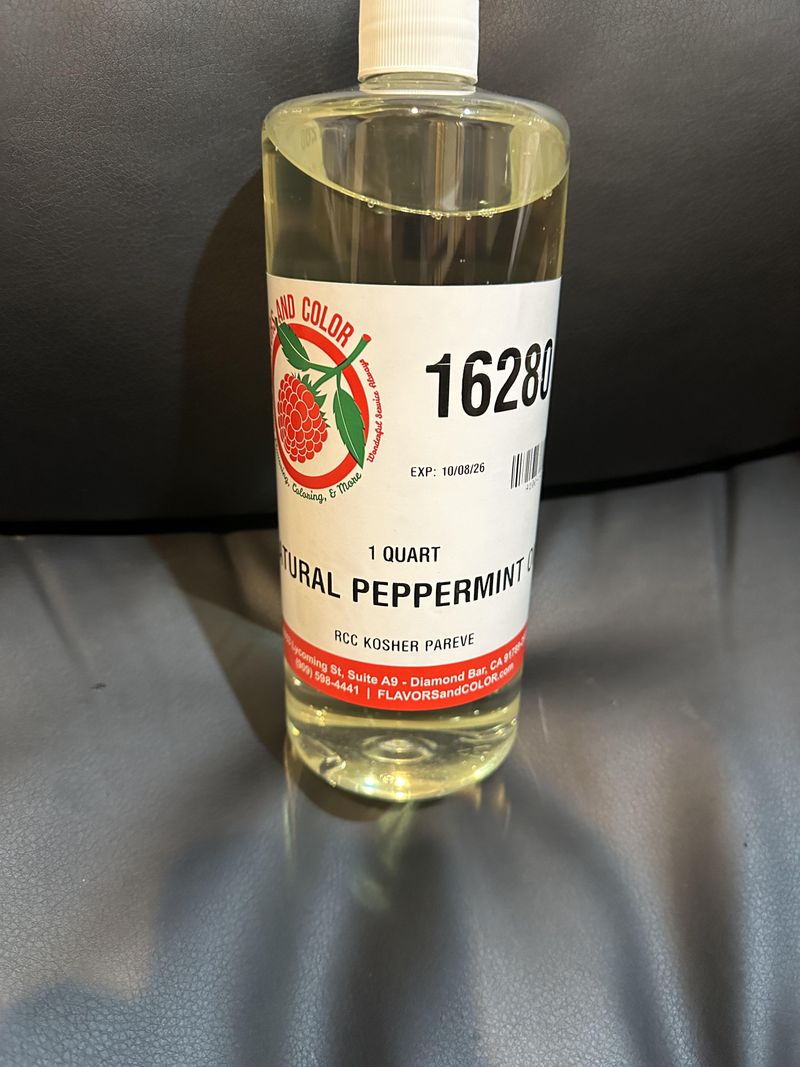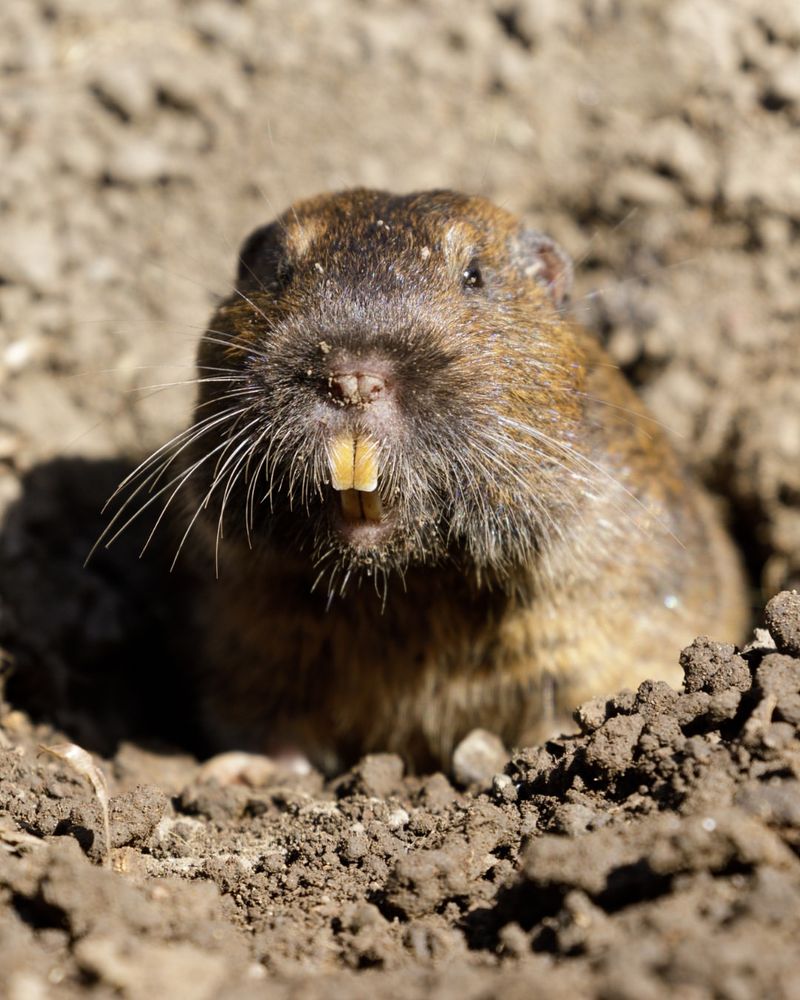For Tennessee homeowners, gophers can quietly damage lawns and vegetable gardens before you even notice. Luckily, there are several natural methods that keep these pests at bay without harsh chemicals.
From my experience, some of these approaches really make a difference in keeping the yard healthy. Protecting your plants and backyard spaces doesn’t have to involve toxic solutions when nature offers so many alternatives.
1. Castor Oil Spray Applications
Mixing castor oil with water creates a powerful repellent that gophers absolutely hate. The smell and taste drive them away from treated areas without causing any harm.
In my Tennessee backyard, I noticed this approach worked best when applied after rain or watering. The oil soaks into the soil and coats the roots that gophers like to munch on.
Reapply every few weeks for consistent results. Some neighbors add dish soap to help the mixture spread better through the ground.
2. Planting Daffodil Bulbs As Barriers
Daffodils contain toxic compounds that gophers instinctively avoid when tunneling underground. Placing these bulbs around garden beds creates a natural protective border.
For me, this method was surprisingly effective because it doubles as spring decoration. The bulbs should be planted in fall, about six inches deep, forming a perimeter around vulnerable plants.
Once established, daffodils return year after year. They require minimal maintenance while continuously discouraging gopher activity in treated zones.
3. Installing Underground Wire Mesh Baskets
Creating physical barriers with wire mesh stops gophers from reaching plant roots entirely. These baskets fit around individual plants or entire garden beds.
When I first tried this in Tennessee, I used half-inch hardware cloth cut into squares. Fold the edges up to form a basket shape, then plant directly inside it.
This method works particularly well for vegetables and young trees. The mesh doesn’t restrict root growth but completely blocks gopher access from below.
4. Encouraging Natural Predators Like Owls
Barn owls and other raptors hunt gophers as their primary food source throughout Tennessee. Installing nesting boxes attracts these helpful birds to your property.
From what I’ve seen, one owl family can consume dozens of rodents weekly. Mount boxes on poles about fifteen feet high in open areas where owls can easily spot prey.
Avoid using rodenticides if you want owls around. Poisoned gophers can harm the predators, defeating the purpose of this natural control method.
5. Using Coffee Grounds In Tunnel Openings
Gophers dislike the strong smell of coffee, making used grounds an excellent tunnel deterrent. Simply pour them directly into active holes you find around the yard.
I collect grounds from my morning brew and sprinkle them liberally near fresh mounds. The scent encourages gophers to relocate elsewhere rather than continue digging.
This method costs nothing if you already drink coffee daily. Reapply after heavy rains wash the grounds deeper into the soil for ongoing protection.
6. Growing Gopher Spurge Plants Strategically
Also called mole plant, gopher spurge produces a milky sap that irritates rodent skin and mucous membranes. Planting it around garden perimeters creates an uncomfortable zone gophers avoid.
In my experience, spacing these plants every few feet works better than clustering them together. They grow tall with distinctive seed pods that resemble capers.
Handle with gloves since the sap can irritate human skin too. Once established, gopher spurge self-seeds and returns annually with minimal care required.
7. Flooding Tunnels With Garden Hoses
Running water directly into tunnel systems forces gophers to evacuate without harming them. This old-fashioned technique works especially well after locating main tunnel entrances.
When I tried flooding in Tennessee, I let the hose run for at least fifteen minutes per hole. Gophers typically abandon waterlogged tunnels and move to drier areas away from your property.
Combine this with other deterrents for better long-term results. The method uses only water, making it completely safe for surrounding plants and soil.
8. Applying Peppermint Oil Around Plants
The intense menthol scent of peppermint overwhelms gopher senses and drives them away from treated areas. Soak cotton balls in pure peppermint oil and place them near tunnel openings.
For me, this method was most effective when refreshed weekly since the scent fades outdoors. You can also mix peppermint oil with water in a spray bottle for broader application.
Focus on vegetable gardens and flower beds where damage is most noticeable. The pleasant smell benefits you while repelling unwanted underground visitors naturally.
9. Creating Vibration With Wind Chimes And Pinwheels
Gophers rely heavily on ground vibrations to sense danger and avoid predators. Installing pinwheels or wind chimes creates constant movement that makes them uncomfortable.
In my Tennessee yard, I placed several pinwheels directly into active mounds. The spinning motion transfers vibrations underground, convincing gophers the area isn’t safe.
This method requires no maintenance once installed. Choose metal stakes for pinwheels since they transmit vibrations better than plastic ones through the soil.

